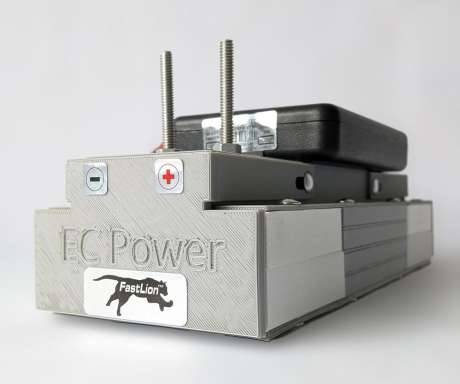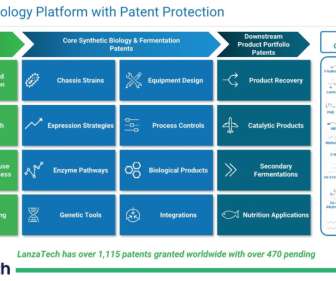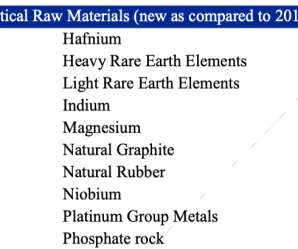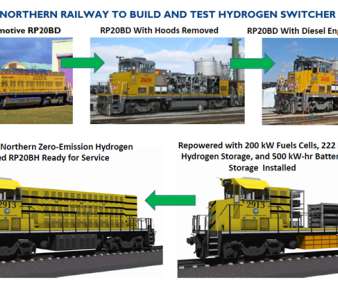DOE announces $14M to optimize production of affordable biofuels and biochemicals
Green Car Congress
MARCH 23, 2023
The Department of Energy announced $14 million in funding ( DE-FOA-0002946 ) to support and to optimize the production of affordable biofuels and biochemicals while significantly reducing carbon emissions. R&D on microbial conversion of renewable resources into chemical products, with an emphasis on processes with commercialization potential.










































Let's personalize your content